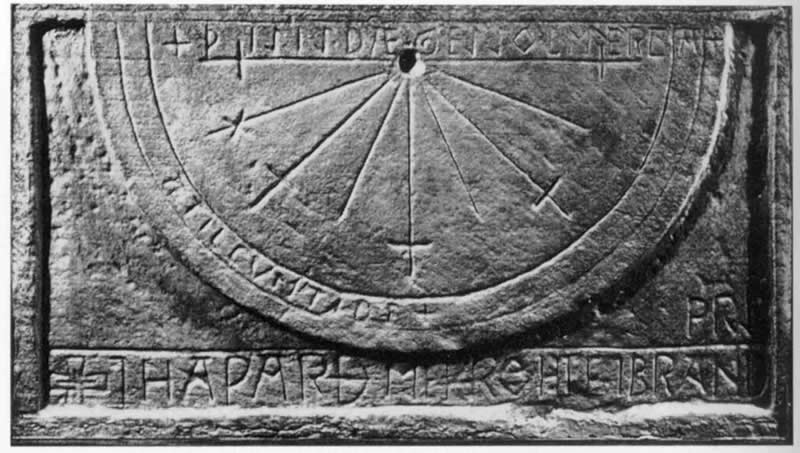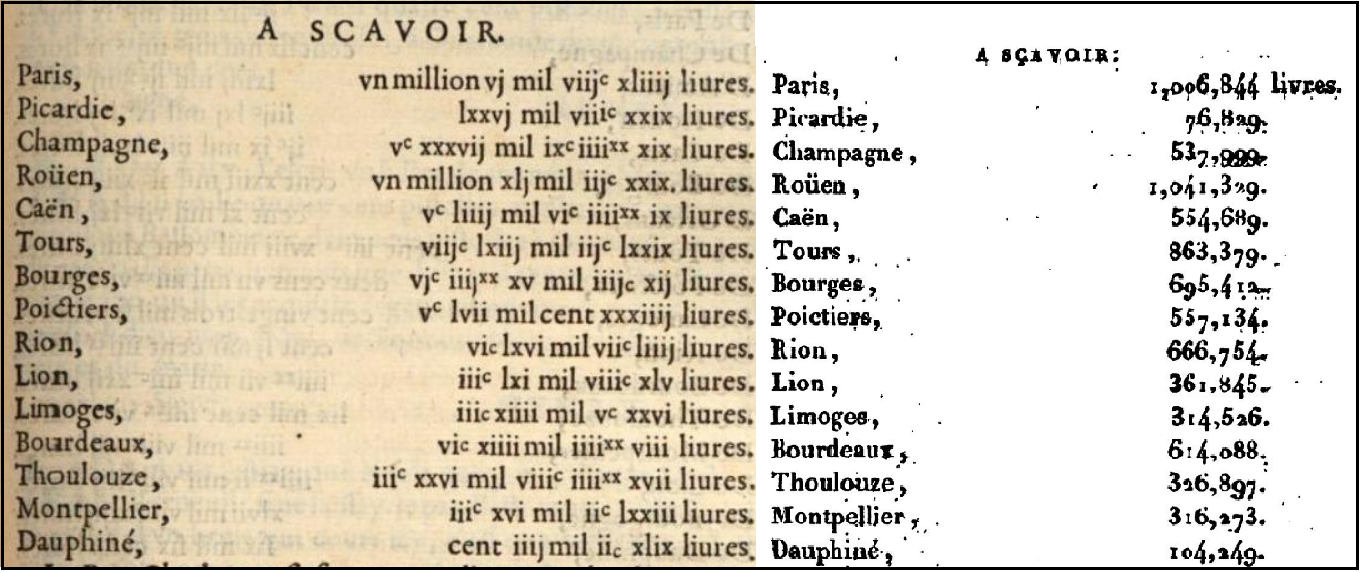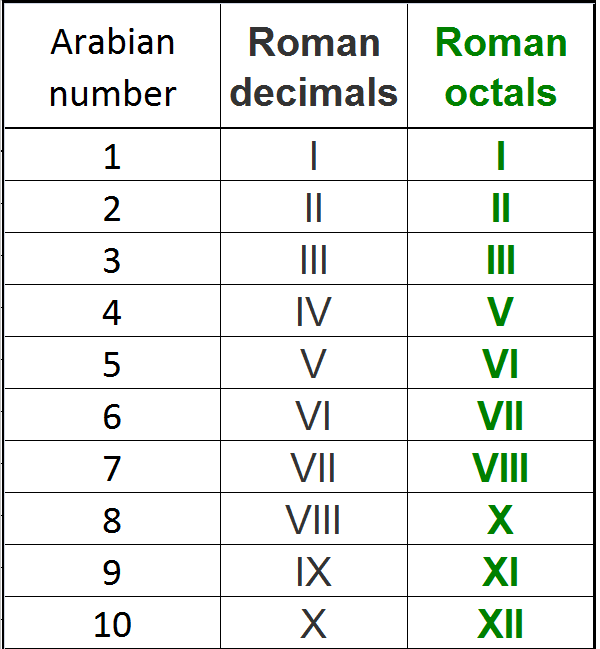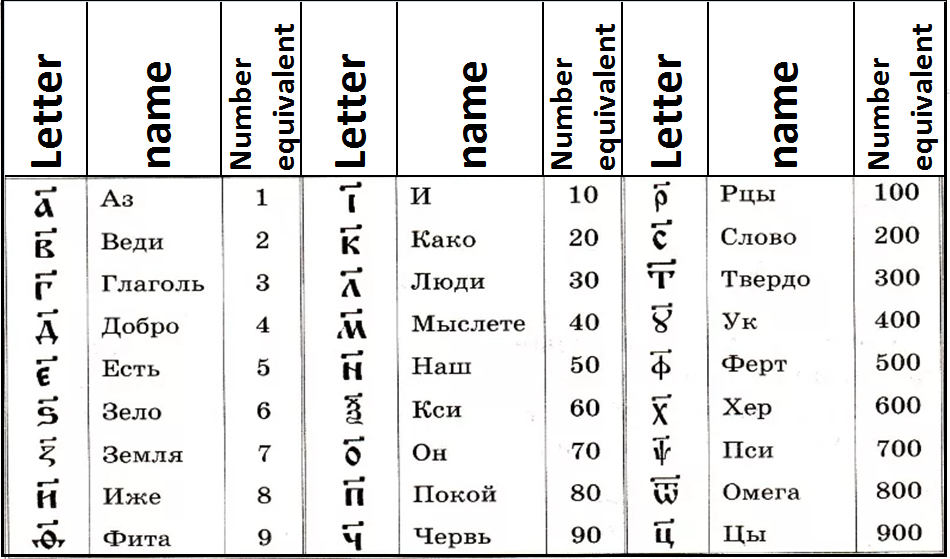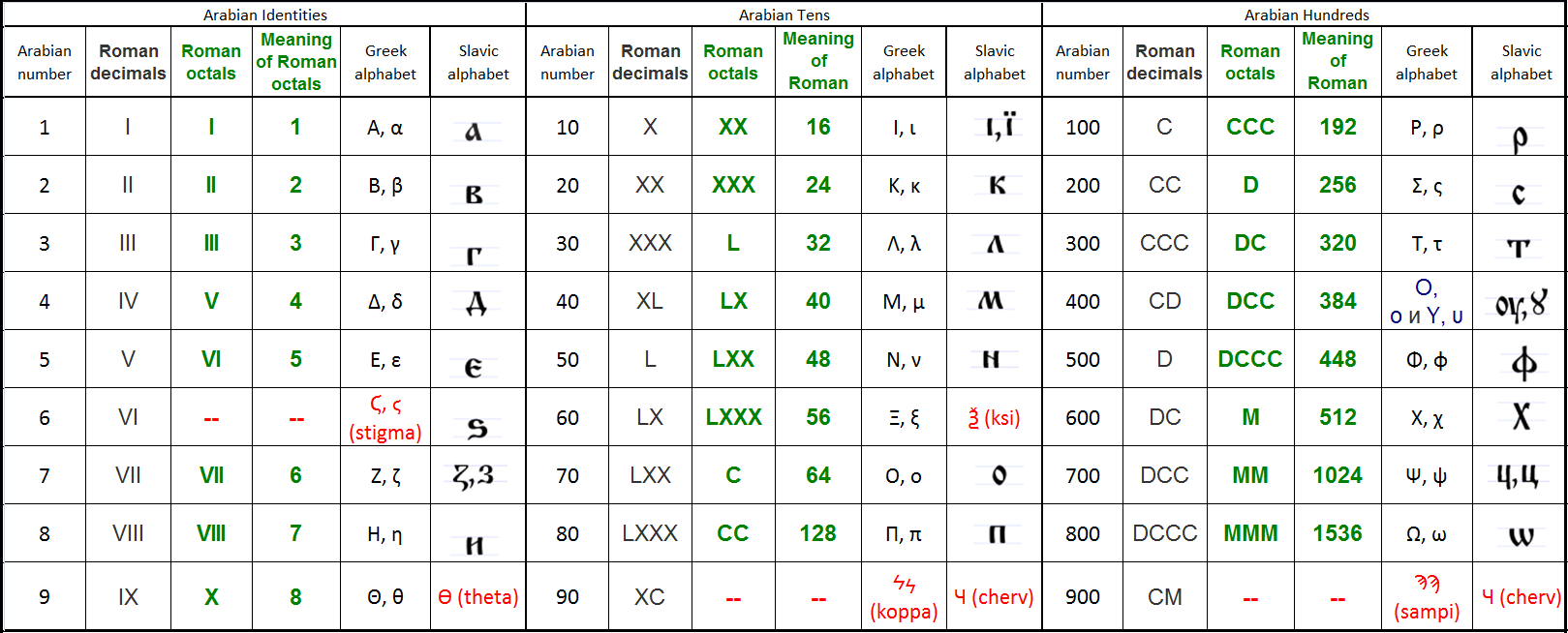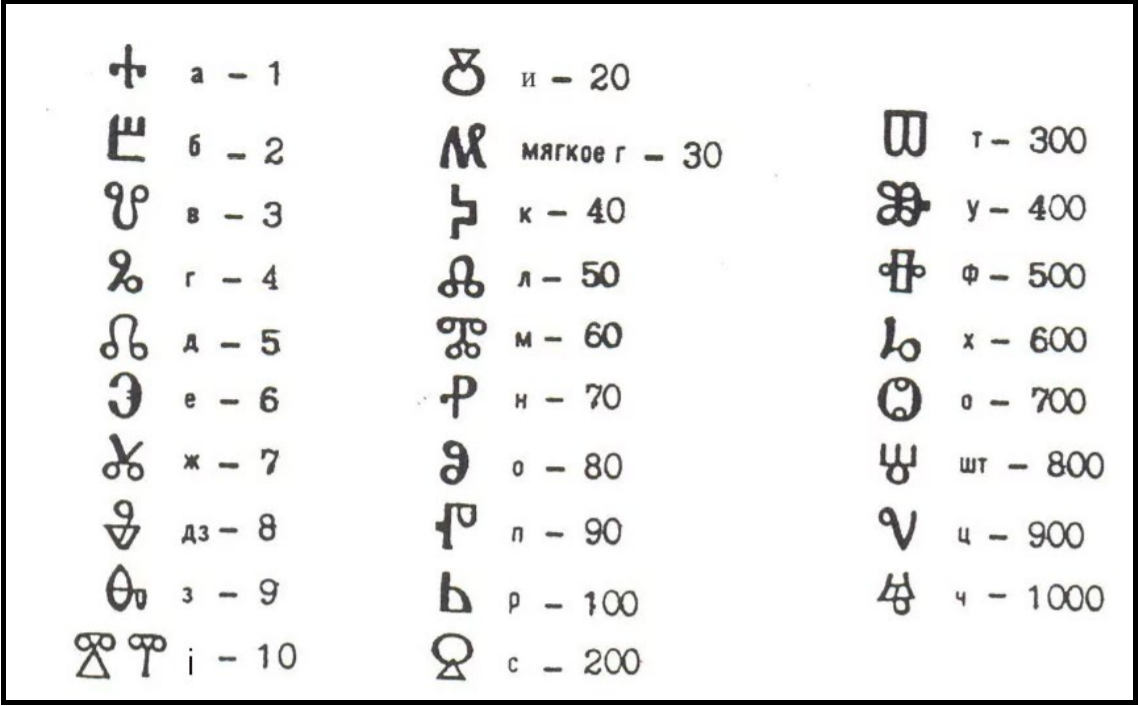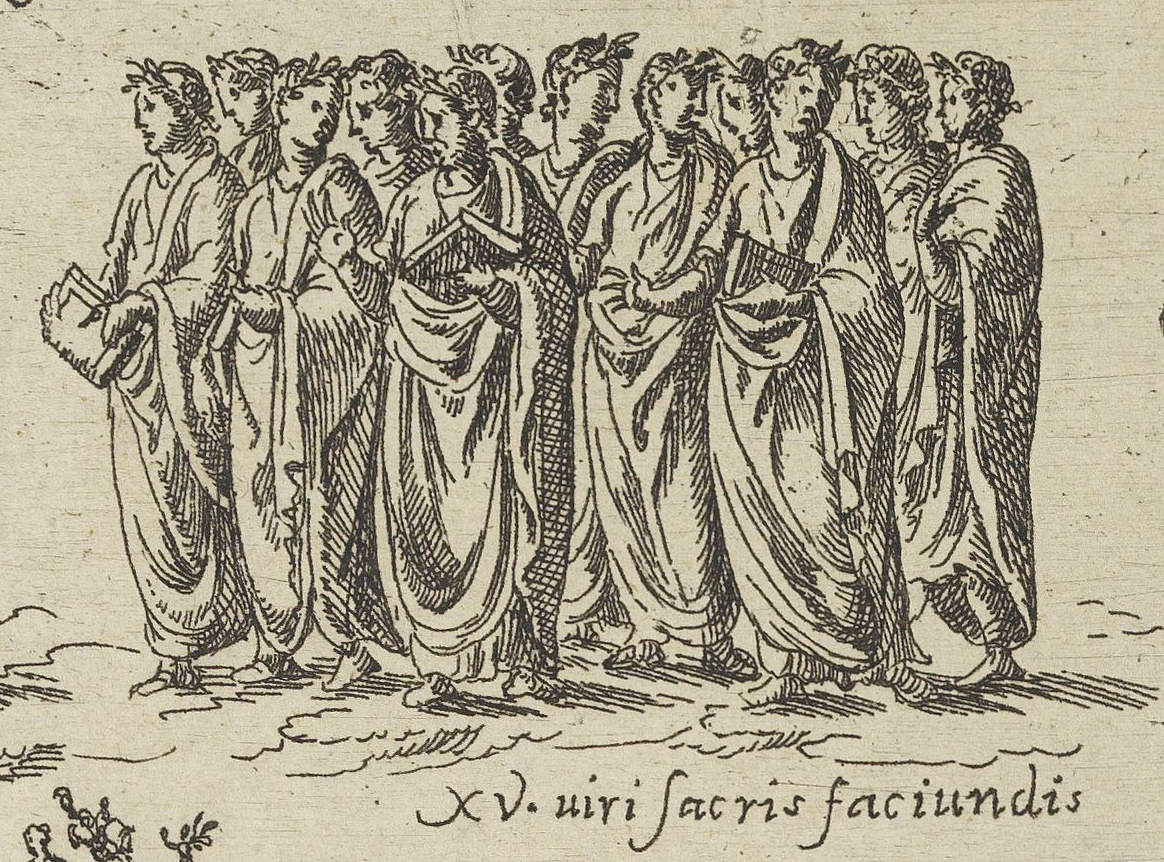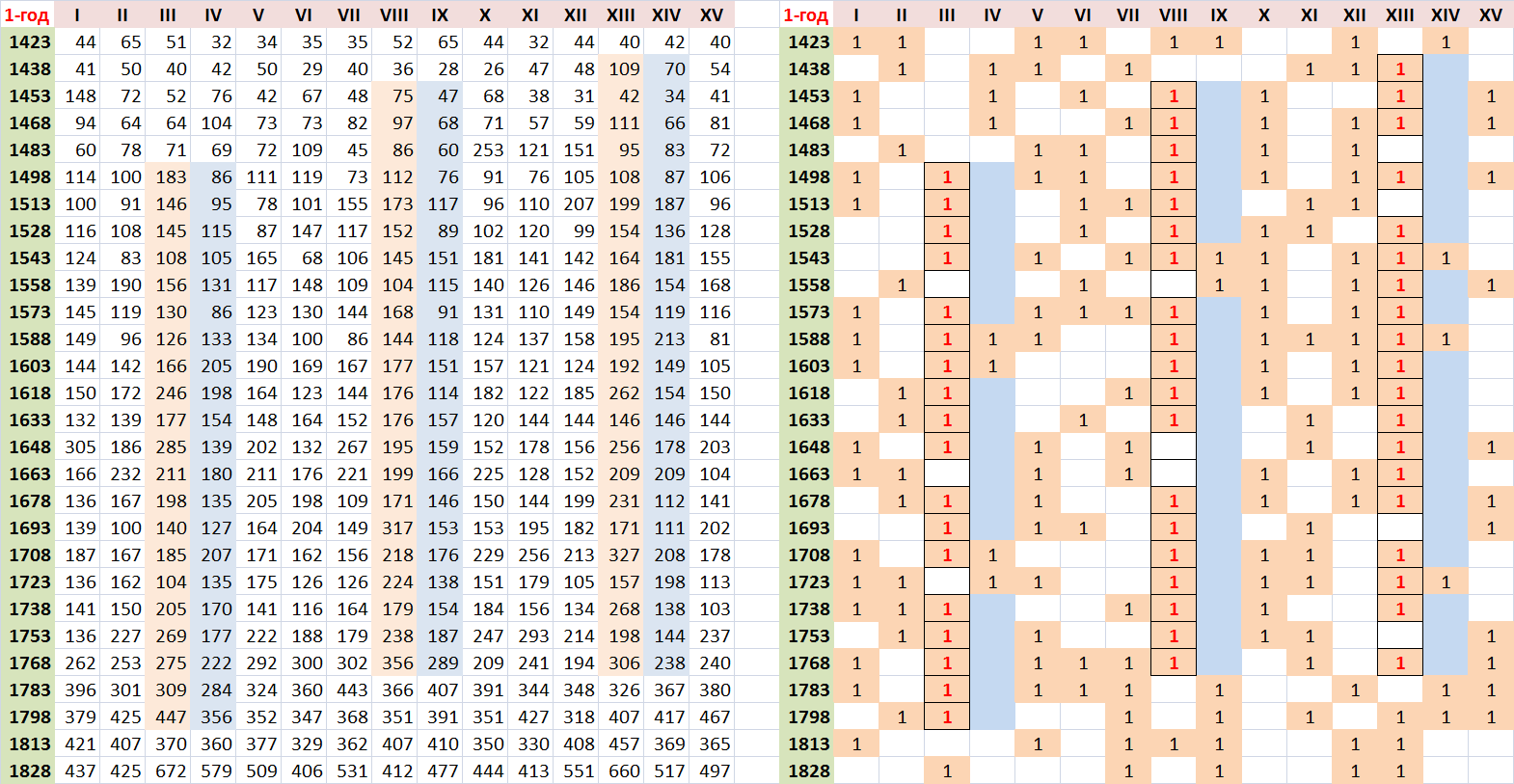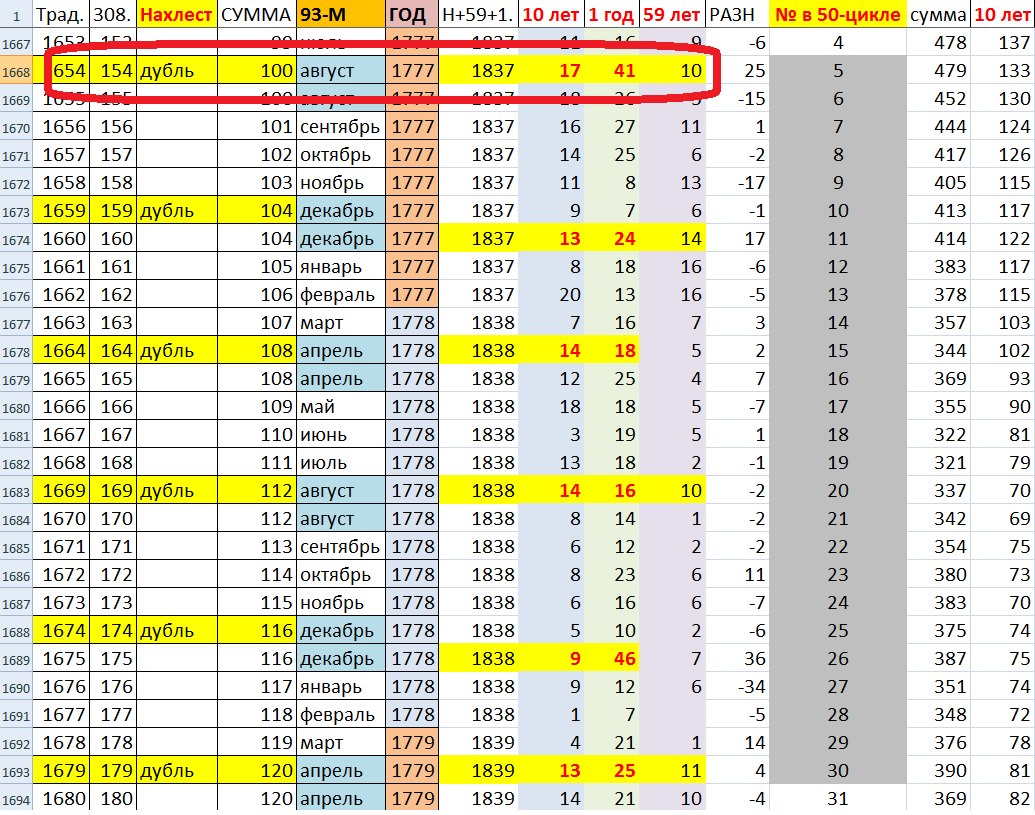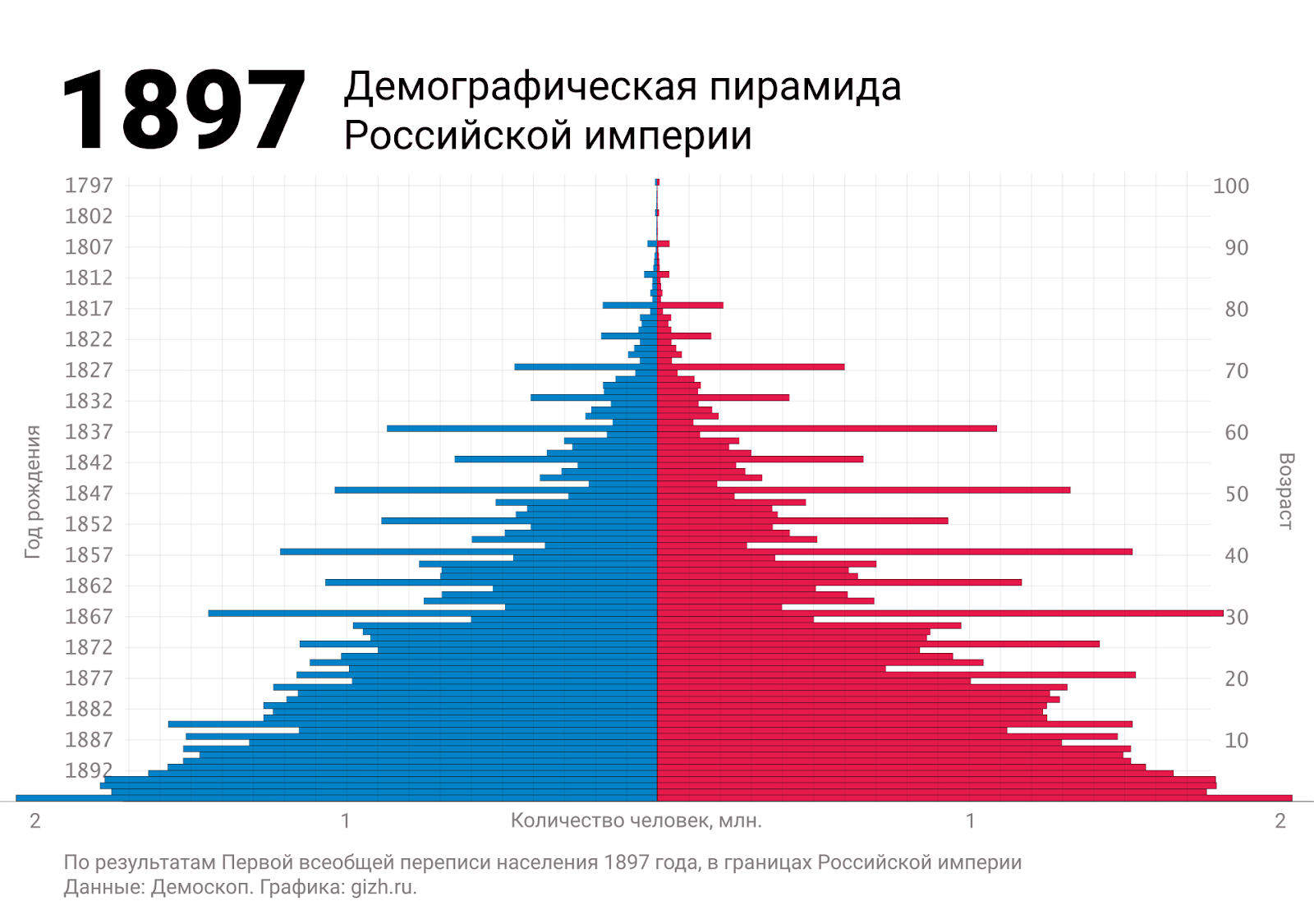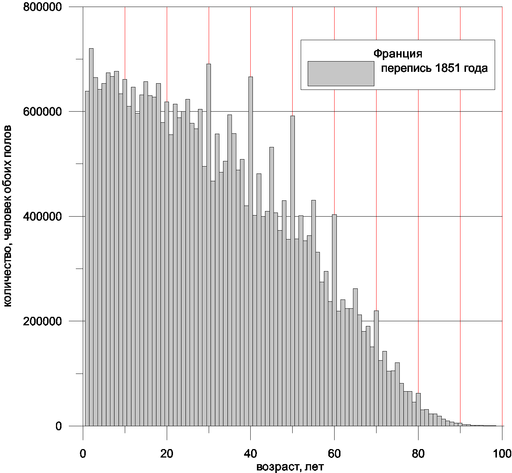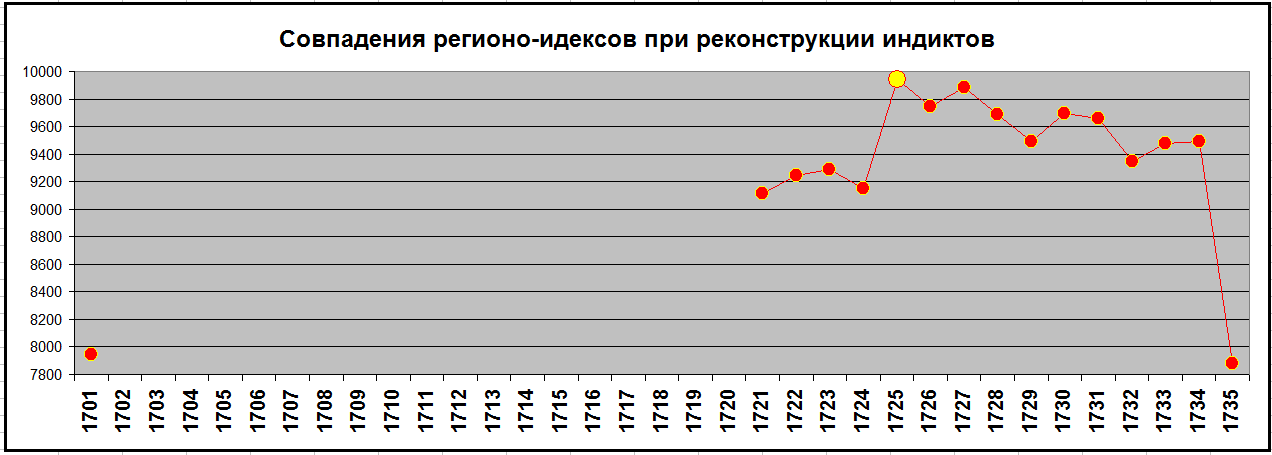The fact that the real chronology of human civilization is shorter than the documented one is proved by certain circumstances, which cannot be ignored.
INFORMATION DOUBLING
Here Studopedia’s estimation. In 70s, the information volume was doubled every 5-7 years. In 80s, doubling occurred every 20 months, and in 90s — annually. Prolonging this data to the past, we see exponential reducing not allowing the Antiquity existing more than 200-300 years ago.
In 1994 a cyberneticist and philosopher R.F. Abdeev in his work “Philosophy of the information civilization” wrote: “nowadays dynamics of growth of the information volume … is doubled every 20 months in contrast with every 50 years in Marx’s days”. If, speaking about Marx’s times, Abdeev meant approximately 1843 when Marx became known, it gives basis for dynamics when in 1782 the annual gain of the information was 1 %, — as it was in the country backwoods.
It is possible to find other estimations, but and it would change neither calculation of the process, nor the main conclusion: the past is closer to us in times.
SIGNAL EXTINCTION
A.T. Fomenko applied model of signal extinction to safety of the past data.
Archives may burn, witnesses die and, the main thing, people change. An English ethnographer James George Frazer (1854-1941) reduced the number of volumes of his research “The Golden Bough” from 12 to 1, and still described many hundreds of ceremonies, still existing in the 19 century, and absolutely forgotten nowadays. That reality does not exist anymore. Does anyone of 15-year-olds knows how to use an abacus? Or how to protect a child from evil eye? To cast a spell against a wart or to avert a calamity? You will not even find such information in fiction any more. The deeper you penetrate in the past, the lower rates of information creation you see and, vice versa, the higher rates of its natural destruction. Both processes are exponential. What information could reach us through 2 thousand years?
LEVEL OF DEVELOPMENT
Technologies of the antiquity closely adjoin in their complexity the end of the 18 century — without intermediate development levels. Discoveries of Glauber, Newton, Galilee and, especially, Geber do not pass any technical check. One of the latest examples — U. Herschel who created a telescope with high magnification power, not allowing fixing the observed picture without the automatic camera created half a century later. And so it happens in all spheres. In 1345 Bardi and Peruzzi used the financial tools invented 500 years later. Slave traders imported black workers into the USA 200 years prior to the first cotton and sugar cane planting. Well, and stock exchanges traded funds 380 years prior the law rules, allowing such trade were created in Europe.
TECHNICAL OBSTACLE FOR FORGERY
For today, we know not less than two tens shifts; they are the object of revisionists’ work. The main idea is as follows: the history is extended by means of data blocks in the past, and this idea is vicious. Sure, there are thousands of anachronisms, data shifts in the past are clear, however the history is too well adjusted as a whole. To achieve such coordination, it is not enough to use administrative methods even nowadays.
THE MAIN METHOD OF CHRONOLOGY CHANGE
It is required to change dictionary definitions, for example, that the word ‘ten’ was treated by all people as ‘hundred’. In this situation, the dates would change, and periods will be extended — everywhere and without intervention of copyists. As some by-effect, in the past, there would appear armies with mullions of soldiers and cities with the size of about a stadium and the annalistic population of ten thousand people — what we can see now.
Nowadays the hypothesis of knowledge continuity loss by the descendants because of transition from the Roman octal numeration to the decimal one sees adequate. It is enough to describe the Roman decimal numeration system in dictionaries and not to describe the previous octal one, and the process is started. All errors in dating (they are numerous) is just some derivative result.
THE OCTAL NUMERATION
Agricola in his books about metallurgy (1530-1557) used the system of parts, multiple of eight: 8; 16; 32; 64; 128. An antique sundial was divided into 8 sectors.

Both in the Ancient Greece and in the Ancient Rome, one palm was equal to four fingers — not five. The elbow was equal to either 20 or 28 fingers, that is, the calculating was based on 4, not 5. Here it is easy to come to the octal numeration system and it is illogical to use the decimal one. axsmyth concluded here the source of the dozen — 12 phalanxes of 4 fingers.


1 — Nominative case, a singular form — for example, один стол
(one table)
2 — Genitive case, a plural form — два стола
3 — Genitive case, a plural form — три стола
4 — Genitive case, a plural form — четыре стола
5 — Genitive case, a plural form — пять столов (five tables)
6 — Genitive case, a plural form — шесть столов
…
20 — Genitive case, a plural form — двадцать столов (twenty tables)
The calculation to four points is formed of singular word forms, plural forms appears only starting from five points. It works for all nouns; it was not possible to find an example, which would drop out of the scheme.
The identical situation was underlined by 
The earliest known Roman Easter tables composed by Hippolytus of Rome in 222, were based on the 8-year cycle. The compass had eight points. There are 8 Roman months without the number in their name; the names with numbers are only last 4. Monetary systems in the European countries up till the middle of the 19 century were based on number 8 and, as consequence, — 16 and 24. For copper coins in the Russian Empire of coining in 1810-1830, the coin foot was 24 roubles of one pood. Up to the revolution time in Russia most of peasants calculated in osmeriks. V.I. Dal: “concerning to the numeration in osmeriks”. The US president Thomas Jefferson used in in his letters certain parts, multiple of eight. The Barings Bank carrying out Louisiana sale transaction got 12.5 % or the eighth part as compensation.
The newspaper “The Protestant” mentions: «In the cash equivalent the tithe was equal to 12 % (Leo. 27:31)». It is certainly a calculation number and with sufficient accuracy, it is equal to the eighth part.

HOW TRANSFER TO THE DECIMAL NUMERATION HAPPENED
The basic requirement was pragmatism. All things should become much better, but without special changes. In order to return to the octal system without any losses, the easiest way is to sacrifice figures with prefix deduction.
I — one
II — two
III — three
IV — three (the second variant of writing)
V — FOUR
VI — five
VII — six
VIII — seven
IX — seven (the second variant of writing)
X — EIGHT
XI — nine
XII — ten
XIII — eleven
XIV — eleven (the second variant of writing)
XV — TWELVE
 zuntuglo fully confirmed this assumption, having shown comparison of the Roman record in one edition with the Arabian record in the other one.
zuntuglo fully confirmed this assumption, having shown comparison of the Roman record in one edition with the Arabian record in the other one.Going on this scheme, we structure the Roman numbers into digits.

Имя Фамилия pointed out the work by Giovanni Battista Piranesi. The Piazza Navona, Rome, above the ruins of the Circus of Domitian, the Church of Sant ‘ Agnese to the right, Bernini’s fountain in the centre, from the ‘ Vedute di Roma ‘ (Views of Rome), 1760-1778.
The dial is divided into 5 hours where figure V means 4, instead of 5 as we got used to. Figure IV is marked in the direction of the arrow that is why it means not 3 (in the octal system), not 4 (in the decimal system), but 5.  Seymur noted that if drawing is a mirror reflection, the figures go strictly one after another: I, II, III, V, VI or 1, 2, 3, 4, 5. Mirror reflection, most likely, was made as Piranesi’s whim (it was his usual trick).
Seymur noted that if drawing is a mirror reflection, the figures go strictly one after another: I, II, III, V, VI or 1, 2, 3, 4, 5. Mirror reflection, most likely, was made as Piranesi’s whim (it was his usual trick).
And here even more transparent case. Александр Таманский (Alexander Tamanskiy) mentioned that in the work “Pompa Circensis Circus Maximus” 1565-1566, 12 quin-decemvirs were designated with the Roman number XV. Alexander writes the following: «… On the engraving the group of quin-decemvirs (quindecim is 15) is noted as»XV-viri». Triumvirs on the Roman coins, for example, on Augustus and Marcus Antonius coins, are designated as so: III vir — trium-vir. But the point is that there are 12 quin-decemvirs on the engraving, not 15. This means, X it not 10, but 8, and V is not 5, but 4.»
It is a serious argument. The numeral «decem» can really mean «eight», and now the question is, how many days were in a decade and what number was December according to the numeration at that time.
MONTH IN THE ROLE OF YEAR
The idea of that the antique lunar months were erroneously considered as years have already been of interest for a long time. After reverse recalculation Noah, whose life duration was 950 years, in fact was 77 years old when he died, and 100-year wars lasted only 8 years that looks as the only acceptable variant.
Андреас Чурилов (Andreas Churilov) in his work «Эра Хиджры» («Era of Hegira») rather persistently promoted the hypothesis of equality of year and month. I will present here some citations from his work.
«The Chaldeans and Egyptians’ year was equal to no more than 1 month at first » — Gassendi in «The Roman Calendar »
«… The lunar year is the month I fact» — Macrobius, «Saturnalia».
«… In Egypt the ancient year was equal to one month» — Censorinus, De Die Nataliy (to Quintus Caerellius) (Journal of Ancient History, 1986, N2, 3)
In the Talmud to concept of calendar corresponded to the Aramaic expression qui‘а de-jarkha (literally `month establishment`; Pesachim. 51б; Beitza 4б)
A. Churilov also underlined obvious relationship of keywords: Arabian «shahr» (month), German «jahr» (year), Jewish «yerah» (the moon and month) and English «year» (year).
It is clear that it was an impossible task for all people of the past civilization to transform months into years synchronously, and the Roman Empire could help here as the main uniting power of the world at that time.
INDICTIONS — № 1 CANDIDATE FOR RECALCULATION
Indiction was the number of the year in a 15-year cycle, and the basic problem with indictions was as follows: they chronically do not coincide with year numbering begin with Adam time. As we see that number 12 in the octal numeration system turns into number 15 in the decimal one, it is logical to think that indictions meant not the number of the year, but the number of the month in the year.
The reason of introducing of indictions is simple: months in different tribes were written differently, and the trans-European trade of the Roman Empire required certain unification. Here is a a good example.
Month Hekatombaion was called:
In Epidaurus: Asosium
In Delphu: Appelaum
In Boeotia: Hyppodromium
In Aetolia: Laparium
In Macedonia: Loium
In Rhodes and Kos: Panam
In Miletus: Panemos
In Thessaly: Phillik
It was just in small Greece, and there were such hundreds of such tribes in Europe. The Slavs had differents months which could be called Cherven’ — both in June and in July. In such situation, to use not the names of the months, but their numbers in commercial treaties with tribes was the only reasonable way out. Let’s see what G.V. Nosovsky writes about indictions.
Gleb Vladimirovich Nosovsky. Anno Domini Numeration of Years and Calendar Disputes.
The CITATION: the issue data of “The Book of Psalms” in the Moscow press of the XVII century year contain the publication data of the book — 7160 begin with Adam and 1652 A.D. – and it goes with the indiction: “Indiction 5”. Logically thinking, the indiction is not necessary in such record, as it does not add any information to it. The Sun circle and the Moon circle were not pointed out in this Book of Psalms too.
My COMMENT: the Sun circle and the Moon circle are missed as they indicate a year, and the indiction it is not skipped, so, it indicates not a year. If indiction means a month, Indiction V is the fourth month from the beginning of the year, and this information is necessary in the publication data.
The CITATION: in Russian publishing tradition indictions were still pointed out in the XVII and even in the XVIII centuries — along with dating “with the Creation” and (or) «A.D.».
My COMMENT: if the year is already pointed out, the indiction means not a year.
The CITATION: When indiction dates in the XVII century texts are accompanied with “begin with Adam” dates, as a rule, both of them do not match each other.
My COMMENT: so, the year is singled out, and inconsistency of years with indictions is SYSTEMATIC, and it occurs to nobody that indiction is not year, but a month. The reason is as follows: the way of thinking formatted in the terms of the decimal numeration system and so not understanding that number XV can mean 12.
The CITATION: As copyists in the XVII century already hardly understood the sense of indiction dates, they put them in, as a rule, in an incomplete, destroyed way.
My COMMENT: if the historian systematically does not understand the sense of hundreds and hundreds old dates, it is necessary to consider the annalists as those who have made mistakes, but not the historian.
The CITATION: if to address to Russian texts of the XVII century it would appear that they contain a large number of remainders old indiction dates. The key word is ‘remainders’ – some scraps sometimes copied from old manuscripts even without understanding of the matter essence. There are almost no complete indiction dates in the XVII century manuscripts.
My COMMENT: I would really like to see a couple of hundreds of examples, but the network lacks this information — nobody presents scanned copies. As I understand (in absence of scanned copies), incomplete dates are considered those in which there are no numbers with prefix deduction: IV, IX, XIV or with apparent absence of the month indication.
For example, if it is written 7000 ab ineunte mundo enarrassent V indict 17, I will understand it as a COMPLETE DATE and it means thould decide that the indiction does not match: he/she expects to see Indiction № X, corresponding to 1492 (but absolutely useless for time recording here), but here he/she sees Indiction V corresponding to the fourth month of the year (and, thus, extremely necessary).
The CITATION: the ancient method of chronology based on indictions, the Sun circles and the Moon circles, was still much widespread in the Russian texts of the XIV-XVI century. Otherwise, the copyists of the XVII century would not meet those dates so often. Without understanding their sense they, naturally, distorted them while copying.
My COMMENT: so, copyists meet indictions CONSTANTLY, but for some reason, they do not understand their sense. Therefore, the main question is — what for do you distort the things which have no sense for you?
The end of the citing and comments.
Here is one interesting observation:
axsmyth — in Orthodoxy… the annual circle is directly mentioned as indiction. Very warm hit.
CONFIRMATION IN CALENDAR REFORMS
The calendar reforms connected with administrative transfer of the beginning of the year from March for September, were always accepted on the last indiction № 15: 312 year, 462 year, 537 year, 1422 year. There is one exception: in 988 instead of 987. It is all senseless if indiction is a year, and it is full of sense if indiction is a month, and the last indiction is the last month of the year when people finish to calculate time according to the old rules.
The bulls, concerning appointments of Anniversary years, in my reconstruction always fall for March and as formally bulls are spread for many years, it is hardly an accident.
CONFIRMATION IN CHRONOGRAPHY THEOPHAN
Chronography of St. Theophan of Syngria — from fundamental works. For 528 years of the chronicle there are only 357 mentions of months of year, but there should be at least 2-3 more times more month records than years.
CONFIRMATION BASED ON STATISTICS № 1
I collected 97747 unique (that is, without repetitions) indexed regional events and distributed them on 15 years of indictions. It turned out that in the existing traditional chronology there are two cycles — 5-year one and general 15-year one. The result was a long table, so I will present only two fragments. If the number of events in a year is more than in a previous one, I selectively marked it with ochre color, and if it is less – with blue color. The decrease of the number of events is usual for the indiction number with prefix deduction in the Roman figure, that is, in indiction which appeared after transfer to the decimal system of the numeration. On the left in the table is the exact number of events, on the right — the principle: if the number exceeds the previous one, you can see figure 1 there.
The first fragment.
And the second one.
There is no other way to achieve such stable recurrence, except to transfer to the decimal Roman numeration system with the inserted figures. For this purpose, it is necessary to give a new definition in dictionaries: “Indiction is the number of a year in a 15-year cycle. The cycles have no numbers”. Moreover, all figures with prefix deduction (earlier duplicating the previous ones) obtain there own value, and 12 turns into 15 with naturally low repeatability of figures with prefix deduction. Here it is: the cycles have created itself.
CONFIRMATION BASED ON STATISTICS № 2
The number of dated regional events (the type like «hurricane in the Tula area of 1656), having duplicates in the next year period, for each 10th year and 59th year, increases every four year for the fifth year.
In this connection, I got an important comment.

In later censuses this effect gradually smoothed out.
… In the chart, dates of birth are presented. It turns out that this «leapfrog» lasted up to 1875, I would even say – up to 1885.
Demographic pyramid of the Russian Empire
The same phenomenon is also clear from the census in France in 1851. 
https://nu-nu.ru/share/2/1438/ebb5b3fba3806ffdd0bde8661384feae.html
Here is the scheme. Deviations in number in age groups are enormous: for example, 59-year-olds – 23.7, and 60-year-olds – 40.3 and so it happens every fifth year.
CONFIRMATION BASED ON STATISTICS № 3
The number of coincidence of regional events, dated in a traditional manner and reconstructed, reaches its maximum in 10 variants of Jesus’ dates of birth — from 5509 to 5500 with the Creation inclusive. Earlier and later, we see appreciable decrease of the number of coincidence.
Coincidence of regional events in indictions reconstructon
Such is a set of the basic antique scales:
5509 BC — Era of Theophan’s Chronography, Old Russian Era (Ultramarch style)
5508 BC — Constantinople, Byzantine, Old Russian Era, “begin with Adam”, March style
5507 BC — Antiochian Era of bishop Theophilus
5505 BC — Era, sometimes metioned in chronicles
5504 BC — Bulgarian, Old Byzantine Era
5501 BC — Annianus Era
5500 BC — Antiochian Era, Era of Roman bishop Hyppolite and Sextus Julius Africanus
Thus, we deal not with a rule strictly connected with one date, but with a set of 10 variants. It forecasts a number of difficulties in chronology restoration, however indicates legitimacy of this hypothesis.
ADMINISTRATIVE CONFIRMATION
It is known that in the time of indictions changing Romans revised taxes. If the boundary of indictions meant annual coming to power of the following elective emperor, this situation is logical, and the new power was simply obliged to publish his own taxing resolution.
CONFIRMATION BASED ON PARADOX
Romans year consisted of 304 days in 10 months. The calendar was already of lunisolar type, Meton had already calculated all and found out that a year consisted of 365,25 days, but 304 days were enough for the Romans. In practice, we deal with a by-effect of transfer to the decimal system.
The Lunar month contains 29 or 30 days. In the octal Roman numeration, they were written like that: XXXVI is 29, and XXXVII is 30. In present understanding, they are numbers 36 and 37, on the average, 36.5. We multiply 36.5 by 10 Roman months and the result is 365 days a year. Here we have not traces of other astronomical cycles of the Earth and the Moon, but a usual error, typical only for the epoch of transfer from the octal time numeration to the decimal one.
RELIC REMAINDERS
Александр Перевознюк (Alexander Perevoznyuk) pointed out the traces of transfer from 8 the octal numeration system to the decimal one. The contubernium consisted either of 10 or 8 soldiers, and centuria consisted of 60-100 people that means 64 — octal «hundred». If «X» was number 8, it is logical that contubernium consisted of 8 soldiers, and centuria — of «X», that is, of 8 contubernia.
Alexander also paid attention on the fact that numbers which compose the dates, — MDCLX — precisely reflect variants of military divisions: M — manipula, D — decanus, C — cohorta or centuria, L — legion, Х — contubernium.
EASTEN VARIANT
In the countries of the East which never had the Roman figures, it was impossible to transfer 12 months into 15 years, — only into 12 years.
TECHNICAL PROBLEM
However, if a year is a month, it should contain the seasonal information only concerning that month. If it was snow in the original winter month, there should be snow all annalistic year. It is possible to assume that an indiction really meant a year in the 12-year calendar system. Moreover, it could be interpreted as a 15-year one by the person who has been brought up in the decimal numeration system. These facts are enough to make indictions chronically not coincide with the dates begin with Adam. That problem scientists must have faced.
My way of the this problem solution is different. Indictions do not exist by themselves; they were built in the calendar system of the Olympic 4-year periods or the Roman 8-year periods, therefore, the information was gathered from all seasons of the year. I cannot prove this hypothesis in details in view of total absence of scanned copies of indiction dates, but I can show how it works.
LUNAR CYCLE AS THE SUPPORT
Before occurrence of precision instruments of the XIX century, it was unreal to catch 0.25 of leap days running for a year, we already know that. That is, the basis of the leap 4-year period was something much more obvious. My variant of this «more obvious» thing is extra two weeks which were spent for the Olympic Games and the procedure of the choice of four new emperors. When lunar months were changed for years, these 2 weeks turned into 50th Anniversary year. That is, in the extreme antiquity the leap-year was the year when two extra lunar weeks were written off, instead of additions of one extra day according to the solar calendar.
Did the antique world need more exact time calculation? If we mean peasants – of course not, as weather could easily deviate within the limits of a season for couple of weeks. The solar year was not necessary to dealers in such situation too. Who would make a delivery agreement on an exact day if peasants collected their crop with deviations of two weeks, so, the transport systems depended on them? The 8-year Roman cycle gives an error in 1.53 days for 8 years; the necessity to transfer the beginning of the year for 25 days (as it took place), became only every 131 year. Such period was more than enough not to make a fuss with calendars: lunar cycles were absolutely satisfying.
OLYMPIC FOUR-YEAR PERIOD
For each solar year there are 12.37 lunar months. An extra week (a lunar quarter) was spent on St. George’s day and Saturnalia (5-7 days), later they became Christmas-tide. Well, some days were left. Every year those days accrued to two extra weeks which were spent on the Olympic Games, elections of four new emperors – for the next four years — and the procedure of obligatory write-off of enslaving debts. That is the reason of great number of libertines in Ancient Rome.
The system is extremely stable. Nobody required better accuracy. 49.5 months were considered as 50 months, and after change to the decimal numeration each 12 months turned into 15 years, and years with 13 months — into 16 years. So 4 original years turned into 62 annalistic years. However, there is more to come. Accounting of the four-year periods endured the procedure of transfer into the decimal numeration as well, where V meant 5, instead of 4, and a set of four numbers I, II, III (IV), V turned into the set of 5 numbers — I, II, III, IV, V. Therefore, there were additional 15 years, and 4 Olympic years became not 62, but 77 years (a Halley’s Comet cycle). The by-product of the operation: cyclic fluctuation of quantity of historical data with a 5-year step.
WHAT IT MEANS AS A RESULT?
Jesus was born in 1740, and the original and reconstructed dates start to coincide in 1836, after the pass of Halley’s Comet. If not to recalculate the four-year periods and be limited to indictions, the life period of the civilization is extended, and Jesus was born approximately in 1718. There is a variant of Jesus’ birth in 1728 (12 cubed) and completion of recalculation of the calendar in 1848. All schemes are radical, however the law of doubling of the information and impossibility of 100-year-old wars and 1000-year human life duration work for this radicalism.
OTHER VARIANTS OF RECALCULATION
Сергей Шаткин (Sergey Shatkin) assumed that each following letter after V leads to doubling of the previous one: X — 8, L — 16, C — 32, D — 64, M — 128. Sergey’s variant basically works not worse, than the resulted above one.

Александр Перевознюк (Alexander Perevoznyuk) assumed that MDCC is an abbreviation which does not have any counting sense. Like «Anno Domini». For example, MD = moon date, and C – designated a week (the Moon phase). The other variants are: it is possible to treat MCCL as world creation (something like Mundo Creature) and a lunar cycle (Círculo Lunar).
Personally I made a hypothesis that Spanish era de mill and Era millesima mean “Era of destructions” (the root mill means to beat, destroy) that is why the date era de mill e trezientos e siete annos could mean «307 year of the Era of Destruction».
SITUATION WITH FIGURE «I»
Imagine that the Roman numeration is octal, and you should transform it into the decimal one, that is, to add one number for each five numbers. The first impulse was to add the fourth «I» – so it happened, you can easily find such numbers in documents. Later, when they started to form AD dates, they thought that it was necessary to add the fourth X and the fourth C. And such monster appeared: MDCCCCLXXXXVIIII (1999) including 16 signs. It was necessary to change the value of signs, and all chronology «slid» at that moment — itself, in all sources.
SOURCE OF THE DECIMAL SYSTEM
Not clearly, whence and what for the decimal system of the numeration was borrowed. They write that it came «from Arabs», here again it is necessary to remember the enormous introduction of Malian gold into Europe around 1324 (traditional date). At that point of time, the Malian gold constituted 70 % of all gold being in turnover. In such situation Malian Arabs (and they were the Arabs who ruled in Mali) could dictate their rules.
THE RESUME
Chronology lengthening in 15.5-19.2 times resulted from transfer to the decimal Roman numeration: at once dates were understood differently. At that point of time nobody was alerted, — connections between identically dated documents remained, and then it appeared to be irreversible. No one was brave to change something in the old important document concerning, for example, land surveying or the dynastic rights, and, sure, it was dangerous. Any attempt to normalize dates partially at least simultaneously led to infringement of historical links. Thus, distortion of chronology was not the result of conspiracy, but technical impossibility to organize recalculation. Well, when the first generation which had finished universities based on «the new program» had grown, the problem became unsolvable: people saw only those data what they were taught to see.
For some time both systems of numeration and dating were obliged to have synchronous circulation. I think, here is the root of that phenomenon that the part of the events of the 18-19 centuries have antique twins. Nobody moved those events in the past for some special reason; on the contrary, they run up to different corners of the chronology because there were no methods to check the use of figures and dates.
August 25, 2019 <https://scan1707.blogspot.com/2019/08/blog-post.html>
Translated by Berenkova Violetta Michailovna
